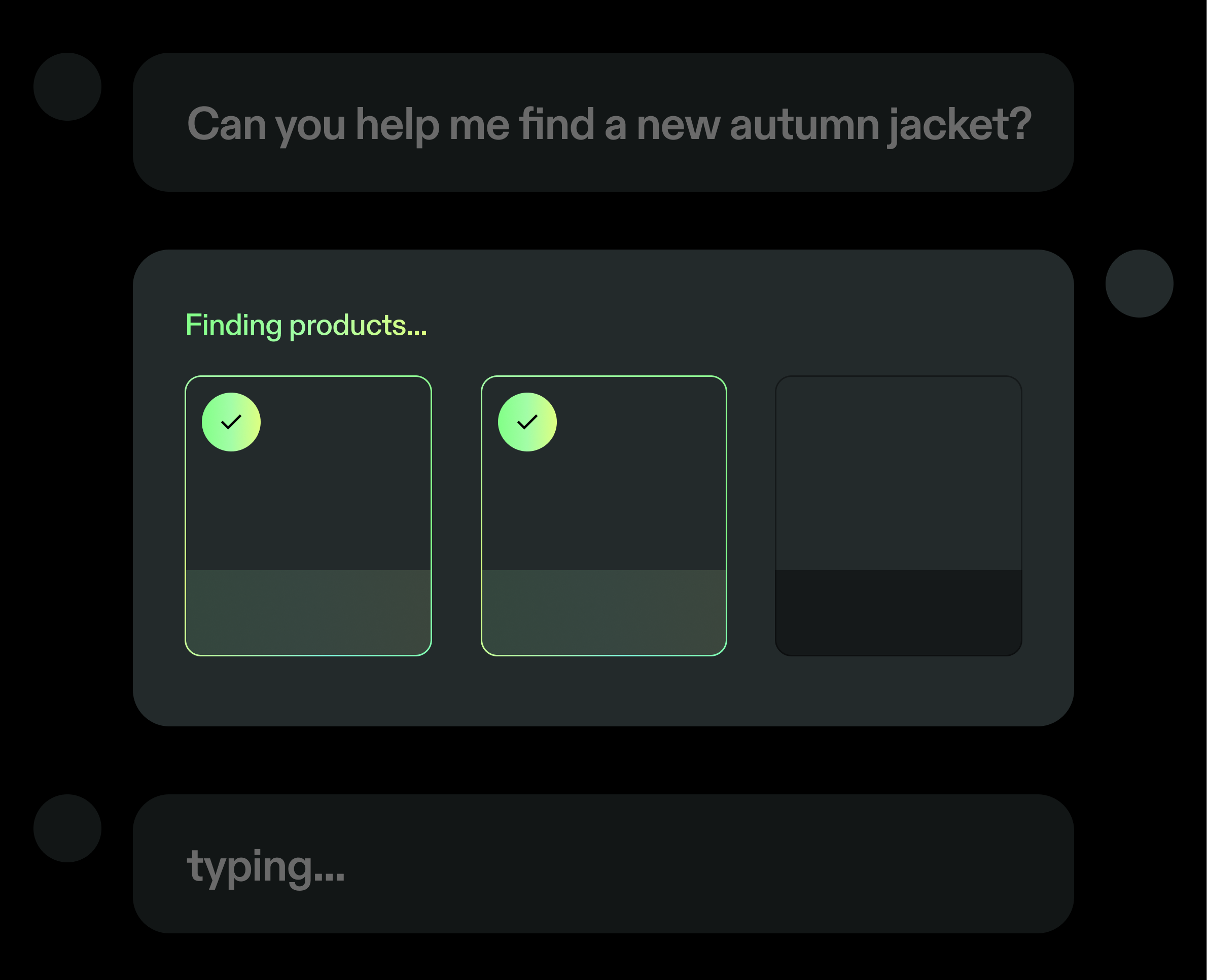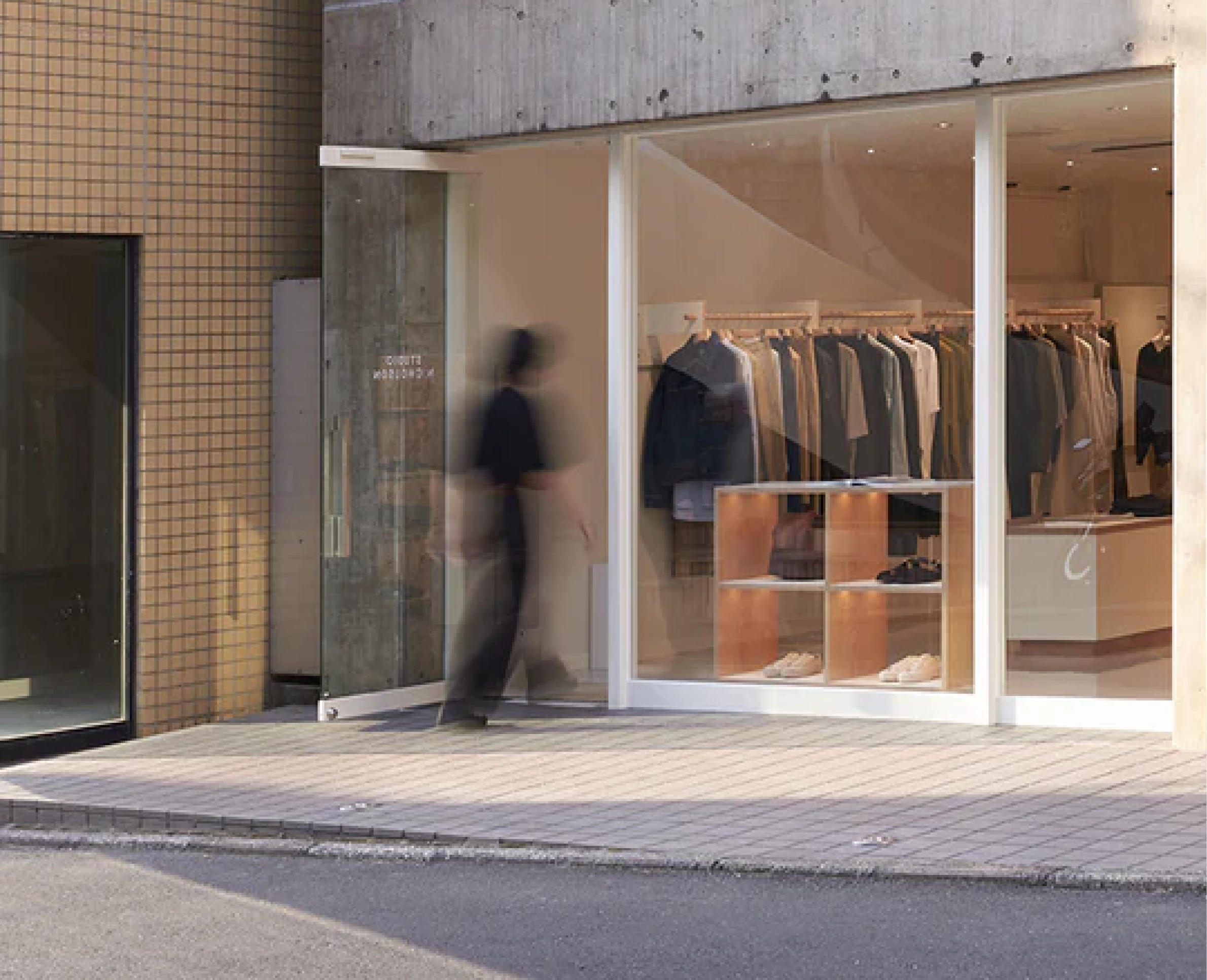Swap’s guide to overcoming the rush of returns after the global gifting season.
Online shopping habits have shifted, with many customers now engaging in "bracketing"—buying multiple sizes or colors of an item, trying them on at home, and returning what doesn't work.
While convenient for shoppers, this trend causes significant financial and logistical strain for retailers. Free returns, often seen as a competitive necessity, have turned into a costly burden as returned items require labor, storage, and often can’t be resold.
The Post Gifting Season Rush—of Returns
The post-holiday season is notorious for an influx of returns, with shoppers using the holiday sales to over-purchase or gift items that may not fit or match expectations.
Retailers can expect heightened instances of bracketing and social media-driven purchases. These behaviors, coupled with the ease of online shopping, risk turning holiday profits into January losses.
Suggestions for Brands:
- Improve Sizing Tools: Use AI-driven sizing solutions like Sizekick to minimise bracketing.
- Incentivise Retention: Offer discounts or rewards for keeping items instead of returning.
- Promote Sustainability Messaging: Highlight the carbon impact of returns to encourage mindful shopping.
- Targeted Returns Policies: Implement flexible return fees based on customer purchase and return history.
- Leverage Data Analytics: Identify patterns among serial returners and adjust policies to retain profitable customers while discouraging exploitative behavior.
Retailers who proactively address these challenges can mitigate post-holiday losses while cultivating a more sustainable shopping culture.
What the findings show for returns season
The post-global gifting season ecommerce surge amplifies the issue of costly returns. With 30% of holiday purchases already returned, bracketing worsens the problem by increasing return rates further.
Retailers face intensified challenges, including overstretched warehouses and skyrocketing costs for processing returns. Beyond financial burdens, excessive returns contribute to waste and environmental strain—a growing concern for sustainability-minded brands.
The landscape of online shopping is increasingly shaped by return behaviors, particularly among younger demographics. A striking 69% of Gen Z shoppers admit to intentionally over-ordering items to return them, a practice significantly less common with only 16% of Baby Boomers. Additionally, 15% of UK shoppers purchase items solely for social media content before returning them.
Sizing uncertainty drives 42% of shoppers to engage in bracketing, ordering multiple sizes of the same item to ensure fit. However, unfavorable return policies deter 49% of online shoppers from completing purchases.
Retailers are responding with stricter policies: fast-fashion brands like Zara, H&M, and Boohoo charge return fees ranging from £1.99 to £3.95, while Asos penalises frequent returners unless they keep at least £40 of their orders.
Key Themes and Strategies
The Role of Social Media in Driving Returns:
- Platforms like TikTok and Instagram encourage impulse purchases and create pressure to maintain appearances, fueling practices like "wardrobing" and "staging."
Sizing Inconsistencies:
- Many shoppers over-order (bracket) due to unreliable sizing, particularly in women’s fashion, a persistent issue stemming from manufacturing inconsistencies.
Challenges of Curbing Returns:
- While fees and stricter policies can deter serial returners, they risk alienating consumers accustomed to free and easy returns.
Environmental and Financial Implications:
- Returns generate significant CO2 emissions and strain retail margins, prompting some brands to highlight these issues during checkout or penalise repeat offenders with fees or bans.
Planning ahead:
For the post-holiday rush, strategies like fit-recommendation technologies, pre-purchase customer guidance, and in-store return options can mitigate bracketing’s impact.
Retailers can leverage this period to educate shoppers on sustainable buying practices while investing in tech solutions to ensure better fit and reduce unnecessary returns.






























